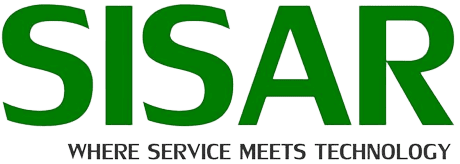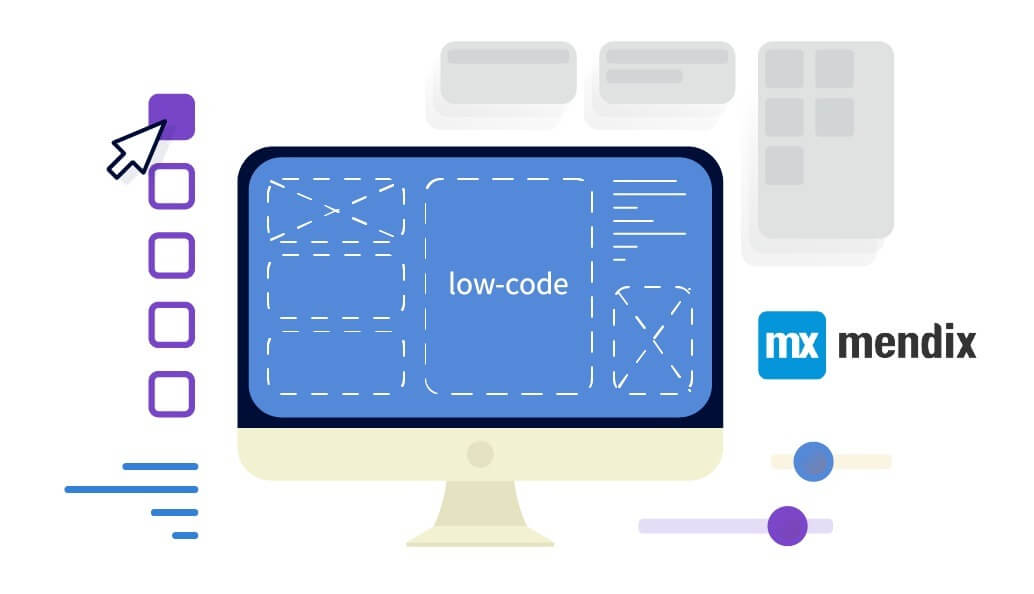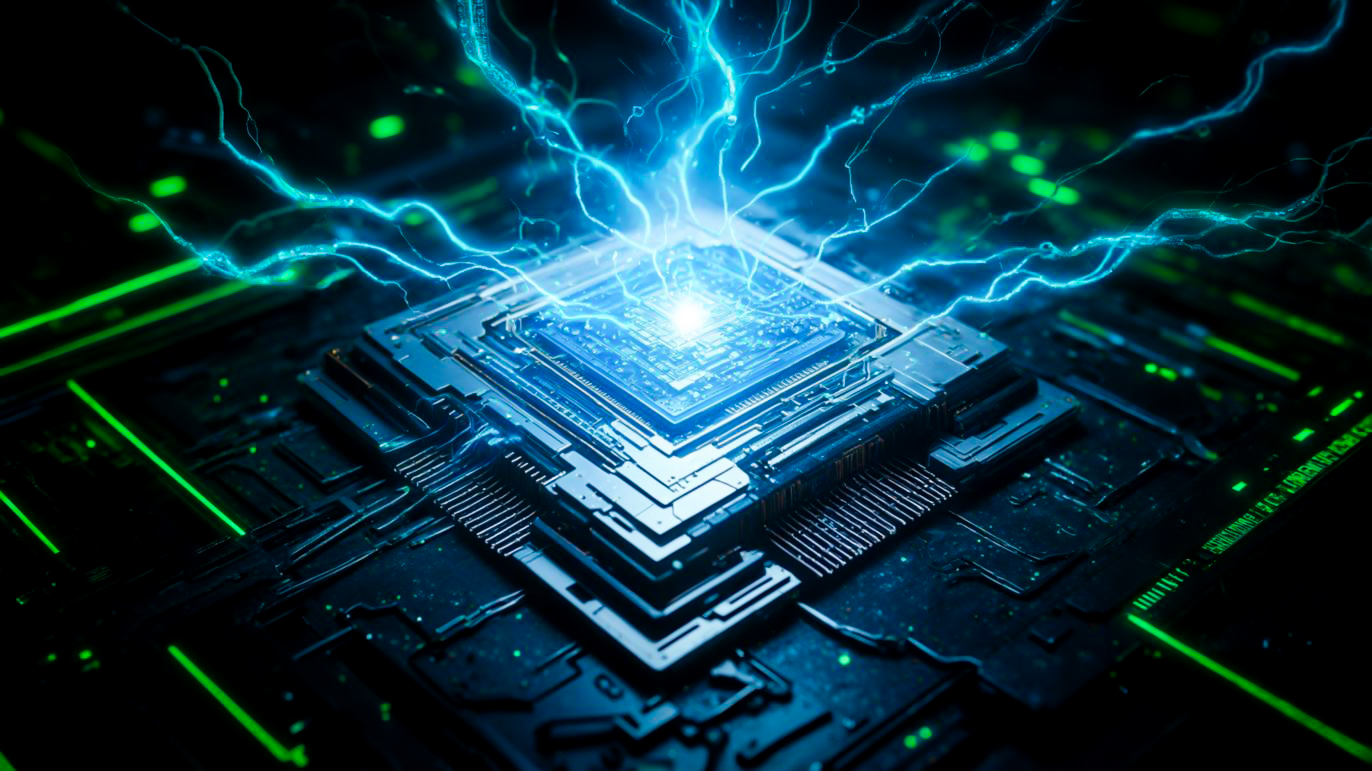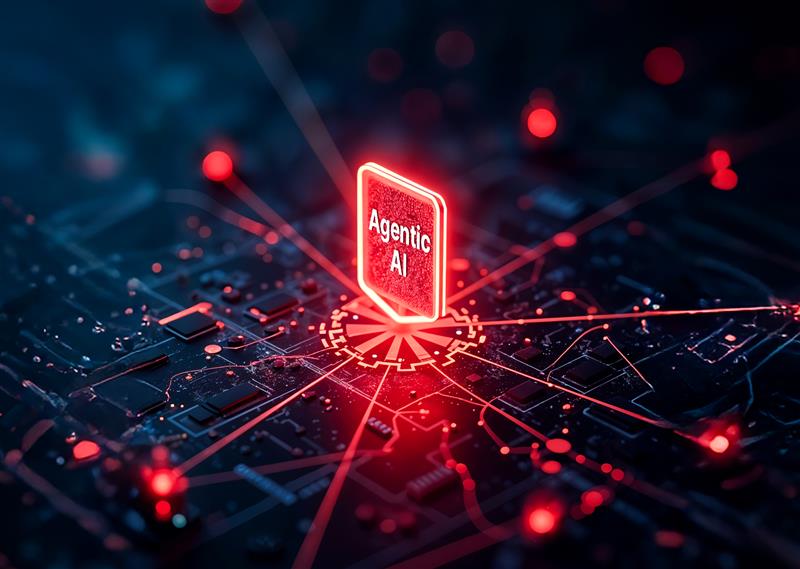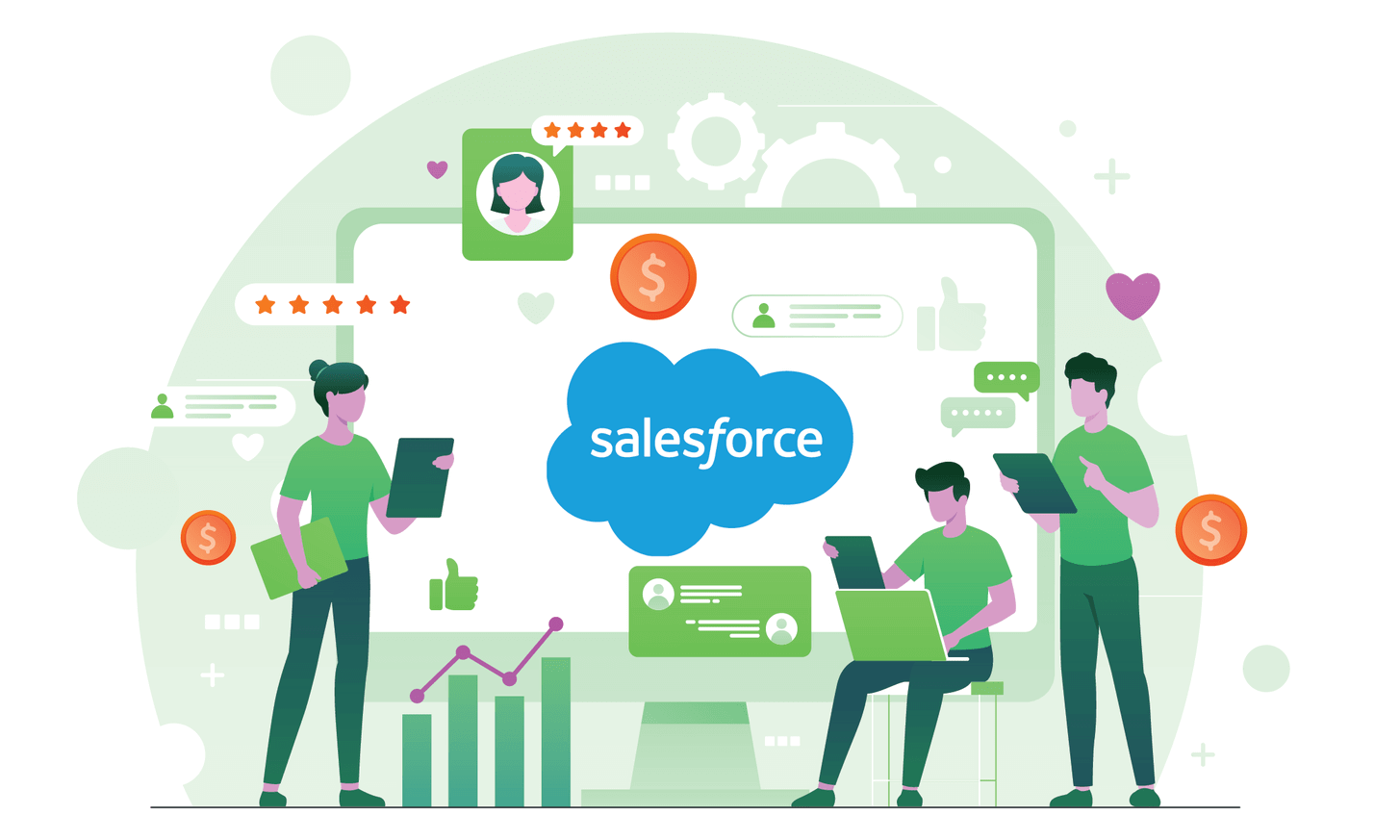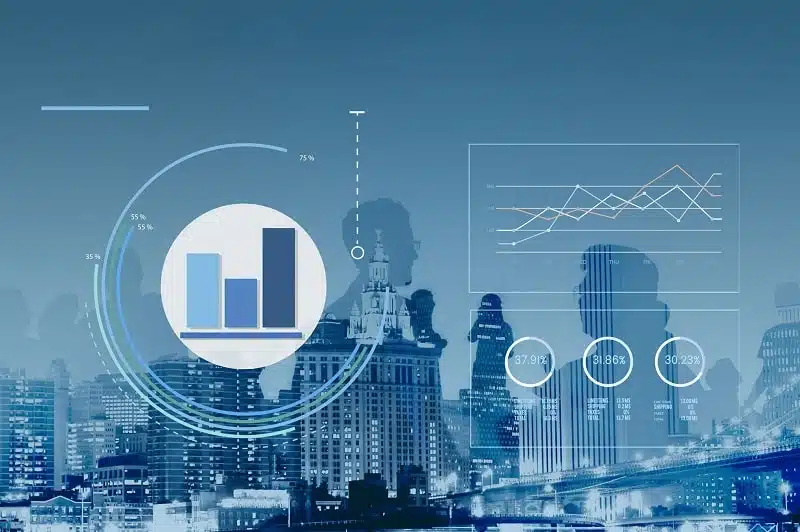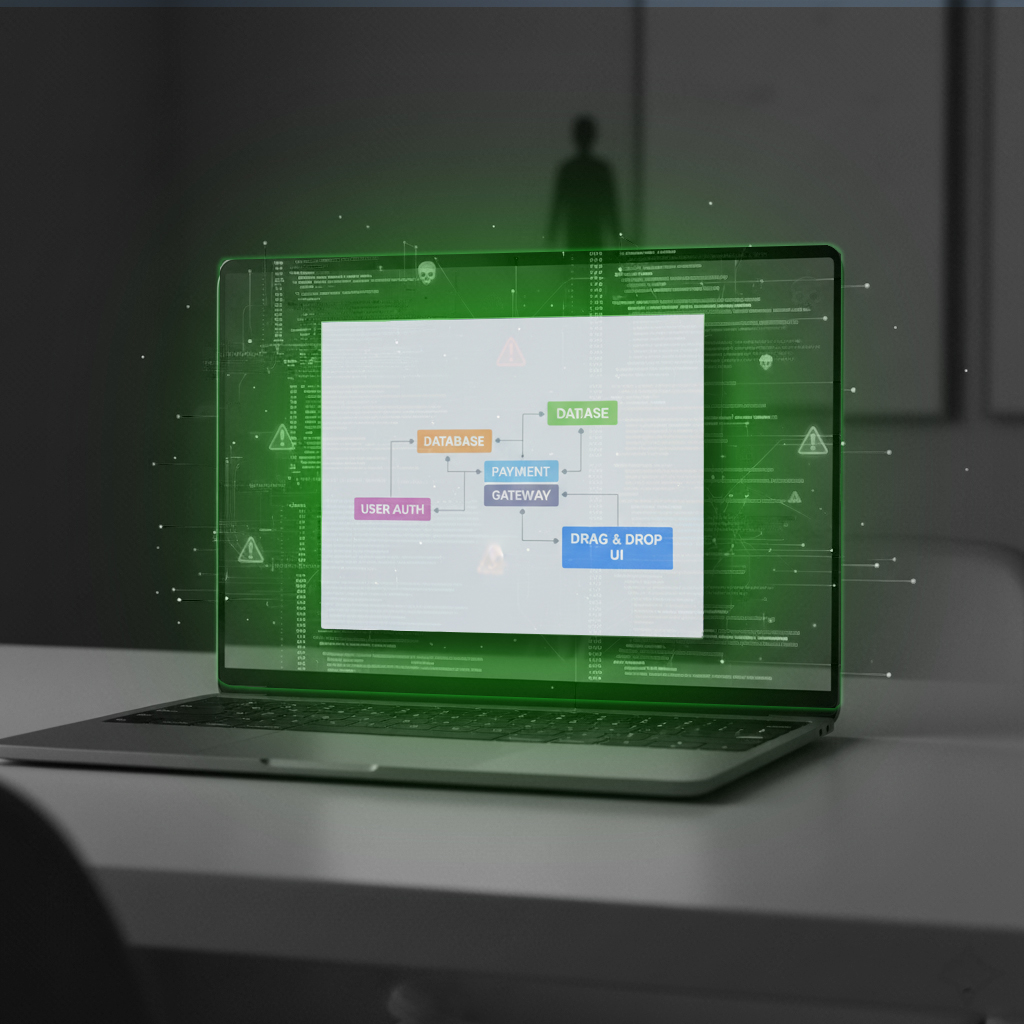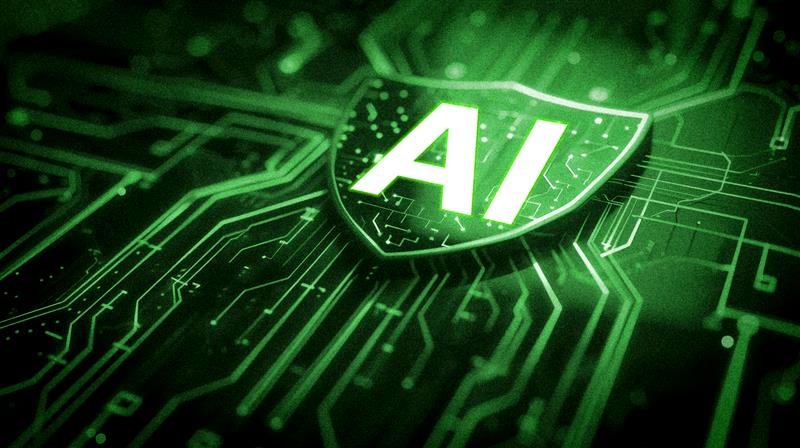Securing Innovation: Threat Modeling for Low-Code/No-Code Platforms
Low-code/no-code (LC/NC) platforms are reshaping software development. What previously required months of coding can now be achieved in weeks or even days by business users with minimal technical knowledge. Drag-and-drop interfaces, prebuilt connectors, and reusable templates make software development faster, more accessible, and more flexible than ever. The No & Low-Code Development Platform market was valued at USD 13.8 billion in 2024 and is projected to reach USD 45.5 billion by 2033, growing at a CAGR of 14.5% from 2026 to 2033, reflecting rapid adoption across industries (Verified Market Research). Yet, as adoption accelerates, the speed and accessibility that drive innovation can also amplify exposure to cyber threats and compliance failures. The Price of Ignoring LC/NC Security Low-code/no-code platforms accelerate innovation but introduce risks across finance, operations, reputation, and compliance. Ignoring these risks can have consequences far beyond IT headaches: Accelerating innovation without structured security is a double-edged sword. Organizations may gain speed in development but face elevated exposure across financial, operational, and regulatory dimensions. Understanding LC/NC Threats The democratization of software development introduces new risks that traditional IT teams weren’t designed to handle. Some of the most common threats include: To proactively address these risks, organizations can use a structured threat modeling approach that identifies, categorizes, and mitigates vulnerabilities before they can be exploited. Threat Modeling: A Step-by-Step Guide Effective threat modeling is a structured process that allows organizations to think like attackers, anticipate risks, and implement defenses proactively. Step 1: Identify Critical Assets Pinpoint what matters most. This includes: Step 2: Map Data Flow and Architecture Visualize how data moves between applications, databases, and third-party services. Mapping highlights weak points such as unencrypted transfers, poorly secured APIs, and misconfigured connectors. Understanding data flow also ensures compliance with data residency and regulatory requirements. Step 3: Define Potential Threats Using STRIDE The STRIDE framework—Spoofing, Tampering, Repudiation, Information Disclosure, Denial of Service, Elevation of Privilege helps organizations systematically identify, categorize, and prioritize LC/NC risks. This structured approach ensures resources focus on high-risk applications and workflows first, helping prevent breaches and operational disruptions. Step 4: Prioritize and Mitigate High-value applications—handling payments, personal information, or critical operations—require immediate attention. Mitigations include: Prioritization ensures security efforts are focused where they matter most, rather than spreading resources thinly across all apps. Real-World Example: Neon Mobile A real-world case highlights why proactive threat modeling is essential. Neon Mobile encouraged users to record phone calls for AI training, rapidly climbing to the No. 2 spot on Apple’s U.S. App Store Social Networking chart. Security Gaps: Impact: Lessons Learned: Source: TechCrunch With risks understood and threats mapped, organizations can now operationalize security across their LC/NC landscape. Operationalizing LC/NC Security Securing LC/NC platforms requires a combination of governance, technical controls, and cultural alignment. Governance & Policy: Organizations should mandate IT oversight for sensitive apps, approve libraries and connectors, monitor shadow IT, and define full application lifecycle management from approval to retirement. Advanced Threat Practices: Threat modeling should be integrated into DevSecOps pipelines to ensure automated testing, vulnerability scanning, and compliance checks match traditional
